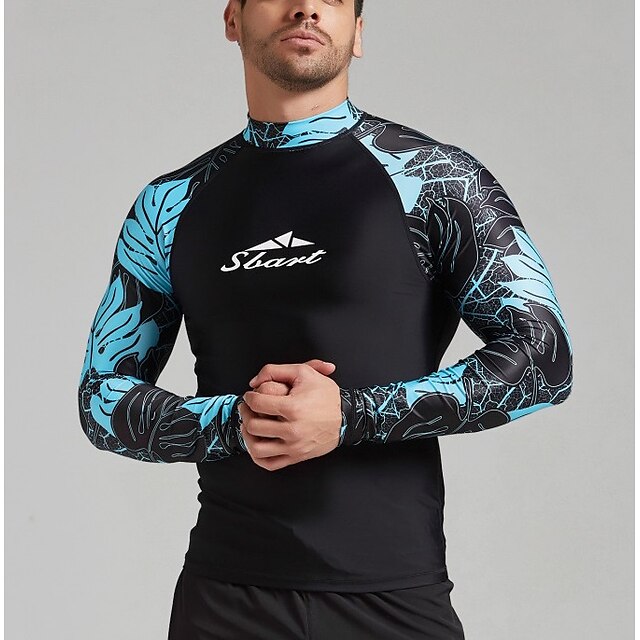

but at least I can avoid further damage to my skin by wearing the right sun safe clothing. Having "survived" yearly skin biopsies (several were pretty close calls, from the looks of things), I'm all about covering up while in the sunlight.Īdditional incentive: My generation of women were encouraged to slather on baby oil and oily suntan lotions in pursuit of that marketing hype also known as a sun kissed glow. But I rely upon UPF hiking clothing to keep UV rays away from my neck, arms, torso, and legs as an extra insurance policy against premature aging and skin cancer.Sunscreen (SPF at least 30) works on the parts of my body that can't be covered with clothing: ears, face, upper neck.

Here's my (light skinned and risk averse) take on things:īecause I am deficient in melanin, the pigment that gives an umbrella-like protection to the DNA within my skin cells, I need help with UV protection. Yet the UV rays have other, more sinister effects: DNA damage.

Do you really need UPF sun protective clothing on your next hike? So it makes sense that UPF sun protective clothing (UPF ~ 30 or higher) will cost more than your average T shirt and shorts (UPF ~ 6).įolks put a lot of time into designing and manufacturing this hiking clothing to keep you covered yet ventilated and as cool as possible. antimicrobial properties to slow down the smell that sweat develops after contact with skin microbes.moisture wicking and ventilation properties, allowing perspiration to exit the clothing without being trapped against the skin (to enhance the cooling effect of sweat).
Sbart sun protection clothing full#
designed for comfortable full coverage of body areas exposed to sunlight while hiking.pre-treatment with UV-inhibiting substances such as dyes and chemicals.made from fabric rated for its effectiveness at excluding UV rays (weave structure, threads per inch).In addition, hiking clothing that is marketed as sun protective can have any or all of the following features: The higher the number, the more UV rays are blocked compared with non sun protective hiking clothing. That's why UPF sun protective clothing comes with a number attached: UPF 30, or 50, for example. You might be thinking, "Wait, isn't all clothing protective against UV rays?"Īnd you would be right, to a certain extent.Īny fabric used for hiking attire will stop UV rays.

Sun safe clothing - here is what to look for Now let's take a look at some features of UPF sun protective clothing for hikers. Read this for all of the details about different types of ultraviolet radiation (some are less intense than others, meaning they don't penetrate as deeply into your skin). Not convinced that you need to protect yourself from the damaging effects (cellular damage, accelerated aging, cancer) of UV radiation?Įven hikers with darkly pigmented skin (lots of melanin) need to take precautions against excessive UV exposure.


 0 kommentar(er)
0 kommentar(er)
